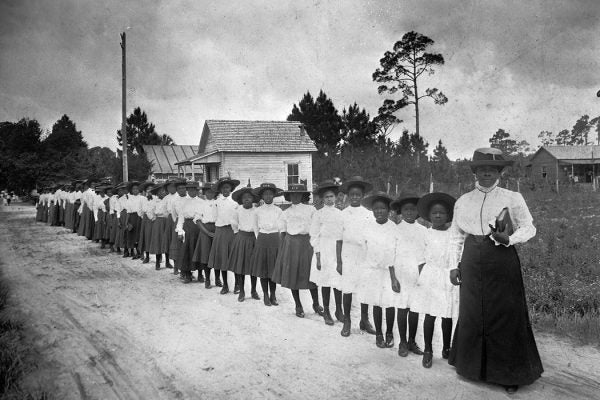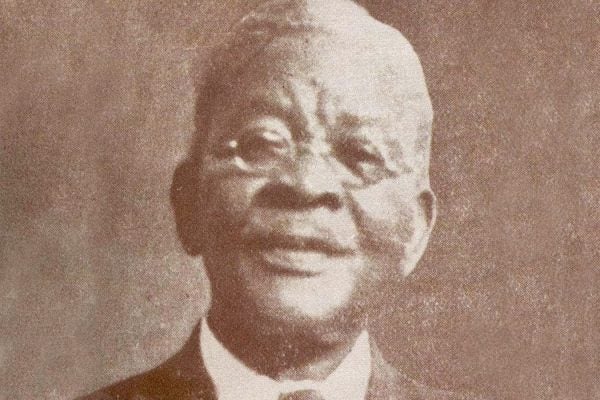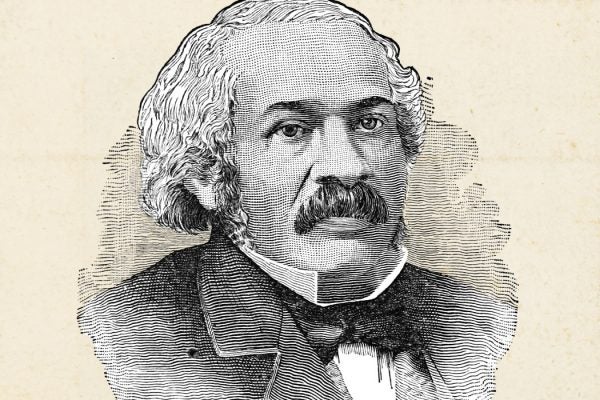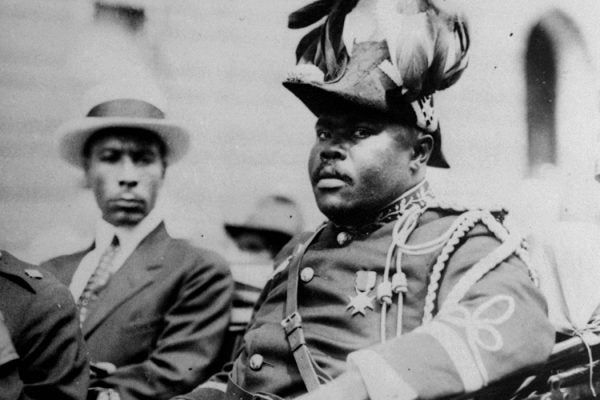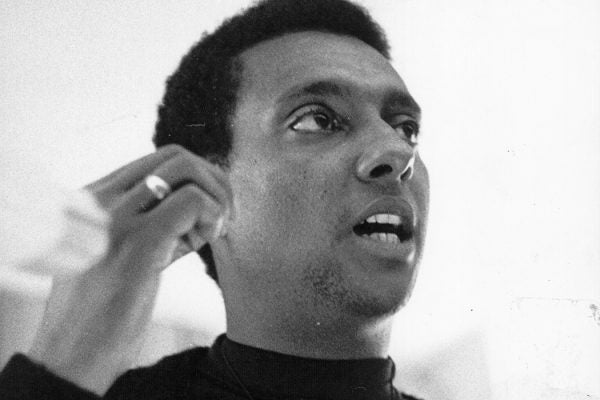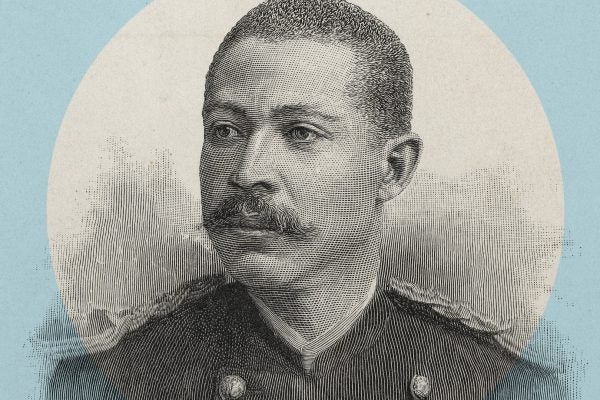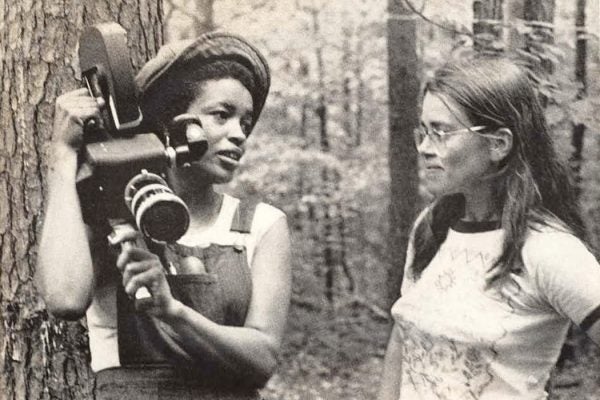How Black Americans Fought for Literacy
From the moment US Army troops arrived in the South, newly freed people sought ways to gain education—particularly to learn to read and write.
How Walter Rubusana Paved the Way for Nelson Mandela
Rubusana was the first Black politician elected to office in colonial South Africa.
For James McCune Smith, Racism Was All Over Anthropology
What if the creation story of anthropology isn't exclusively about white men classifying people as primitive?
Marcus Garvey’s Journey Began in Central America
Marcus Garvey left Jamaica unemployed, an anti-colonial trade unionist who British authorities considered dangerous.
The History of Black-Owned Record Labels
Decades before Motown ruled the radio, labels like Black Swan and Black Patti put out records that didn't stereotype African American music.
Stokely Carmichael, Radical Teacher
The civil rights leader who changed his name to Kwame Ture encouraged students in the Mississippi Freedom Schools to think critically.
Ten Poems by Audre Lorde
The esteemed poet is author of Sister Outsider, one title on the Schomburg Black Liberation Reading List. Read free related content on JSTOR.
George Washington Williams and the Origins of Anti-Imperialism
Initially supportive of Belgian King Leopold II’s claim to have created a “free state” of Congo, Williams changed his mind when he saw the horrors of empire.
Black Camerawoman Jessie Maple’s Fight to Join a Union
Her climb into filmmaking began with programs designed to train African Americans. But to succeed, she needed to break into a mostly white male union.
Muhammad Speaks for Freedom, Justice, and Equality
The official newspaper of the Nation of Islam—published from 1960-1975—combined investigative journalism and Black Nationalist views on racial uplift.
